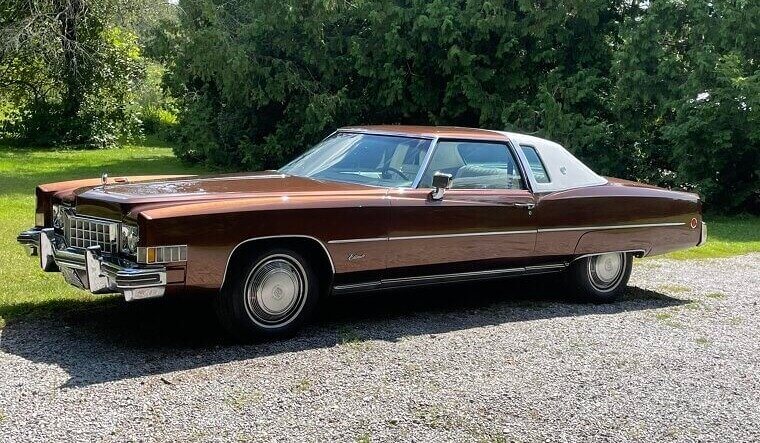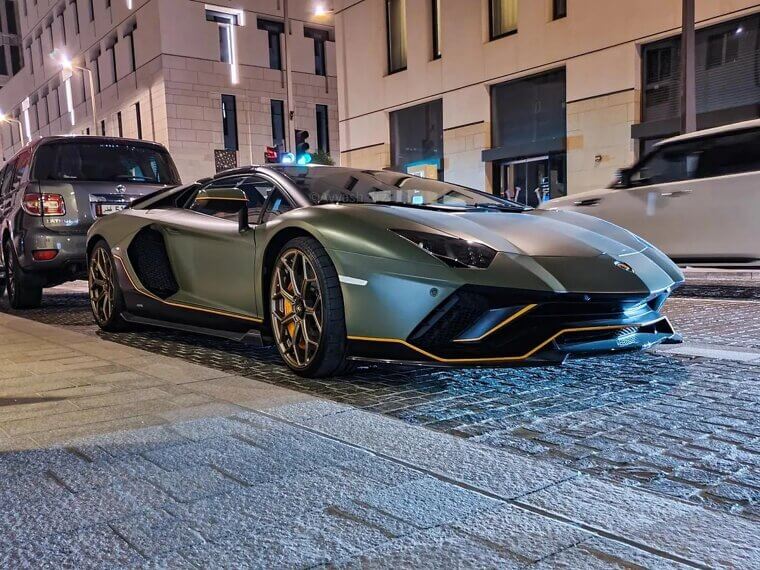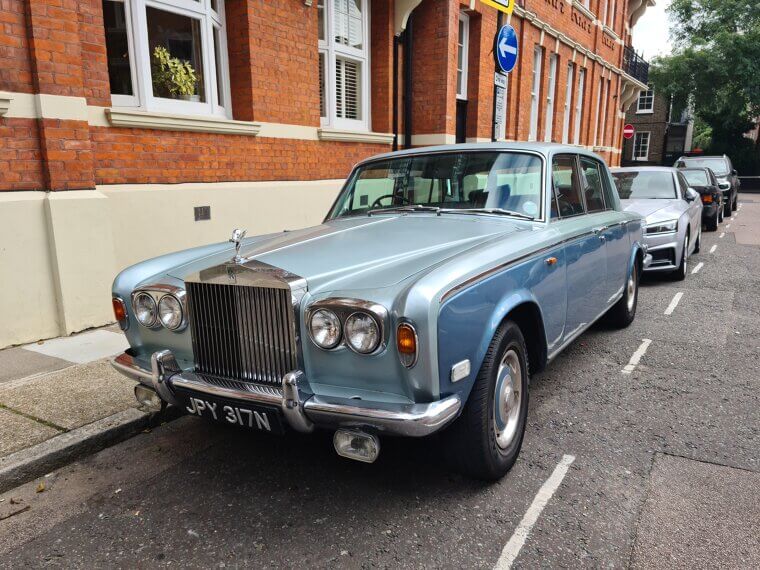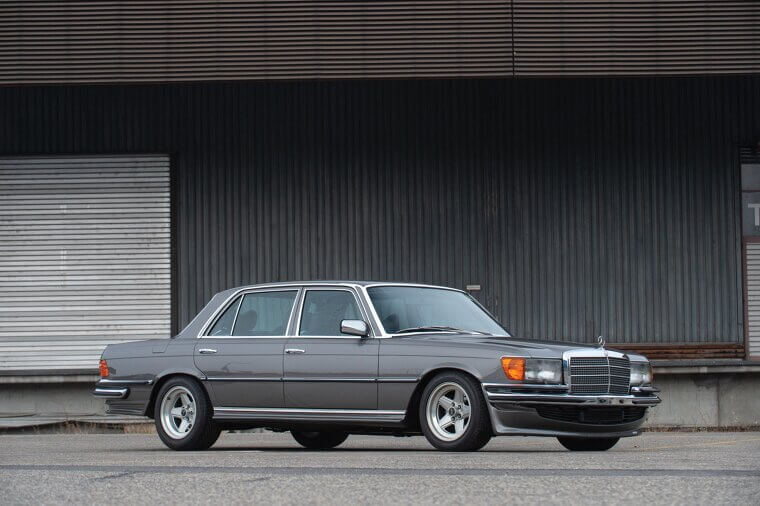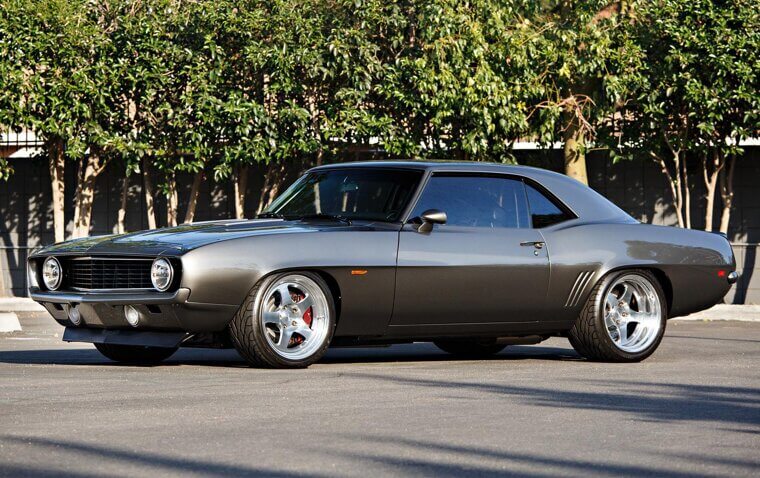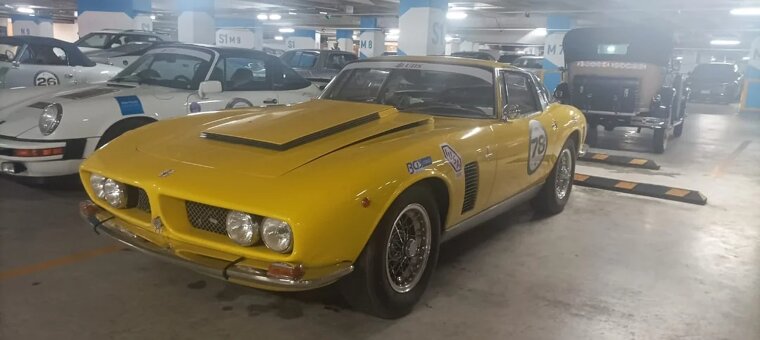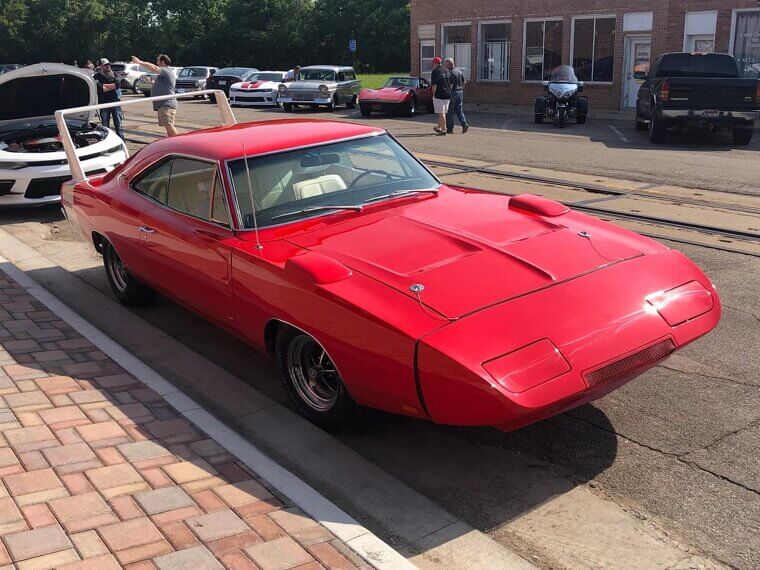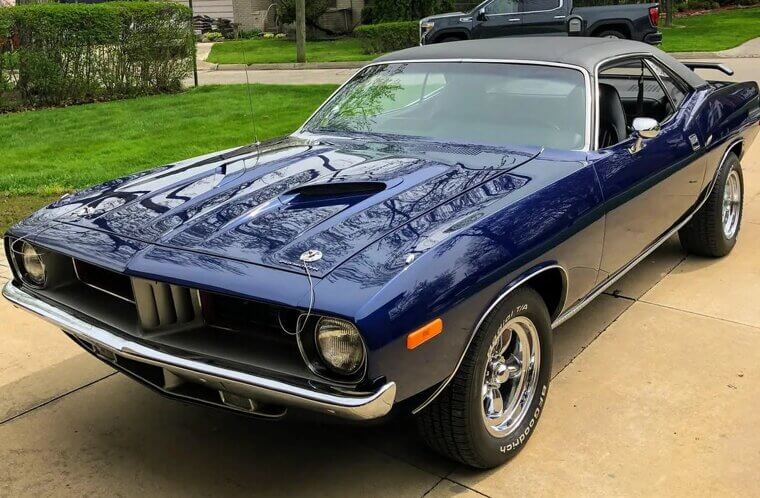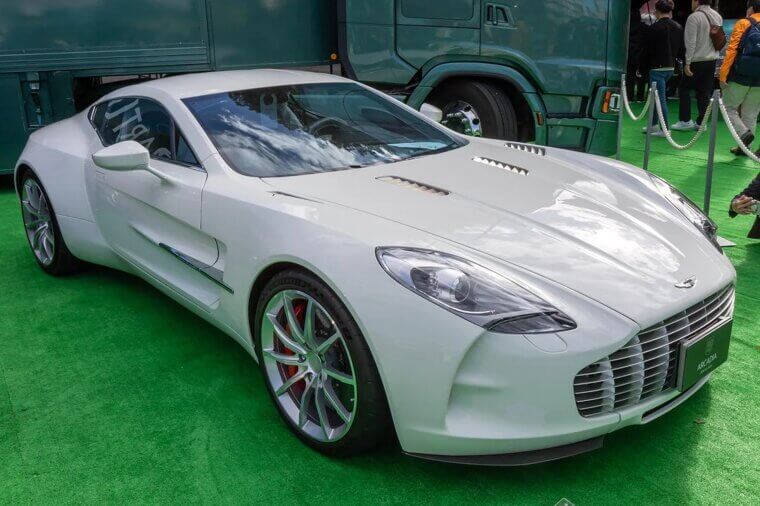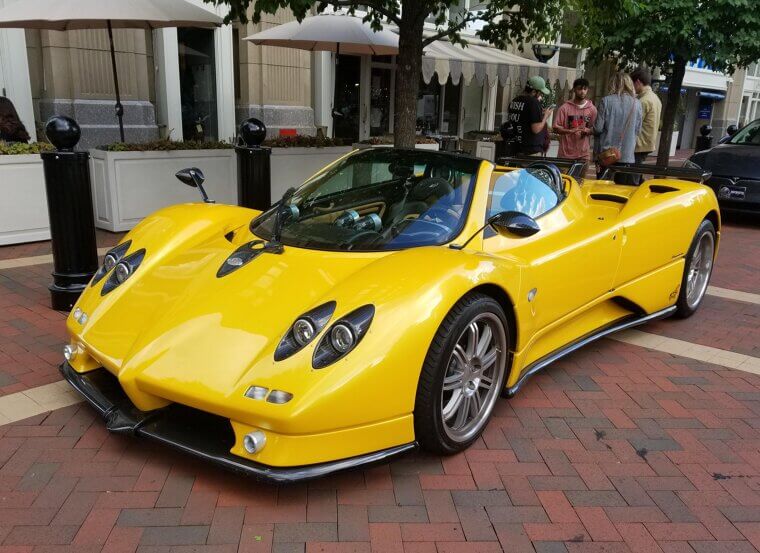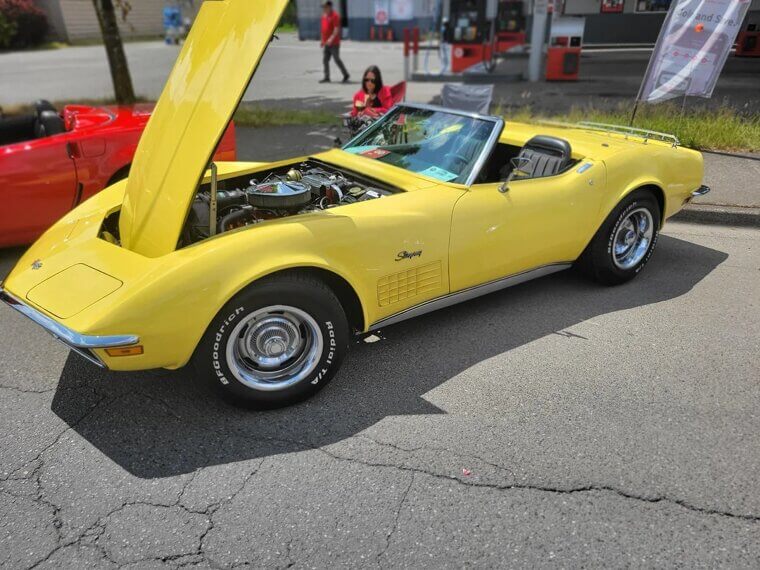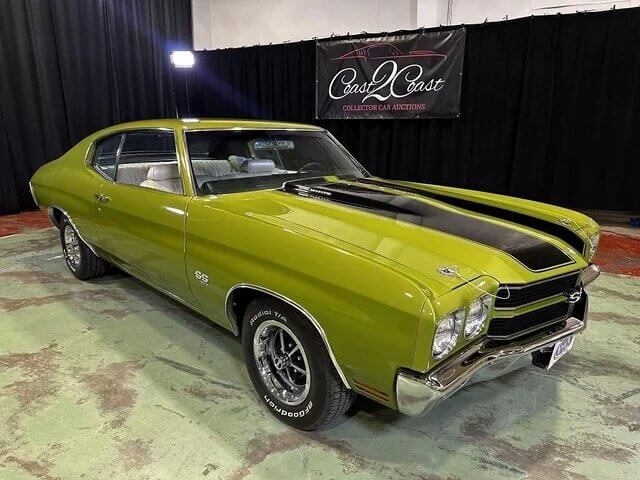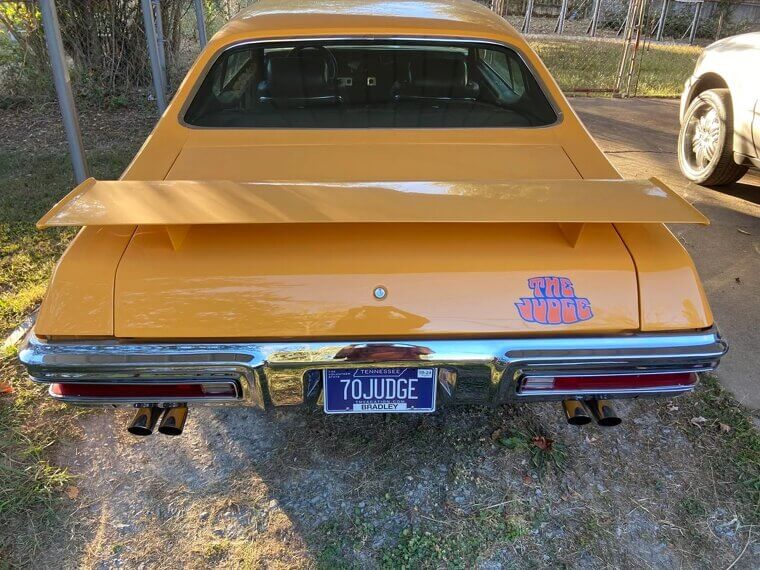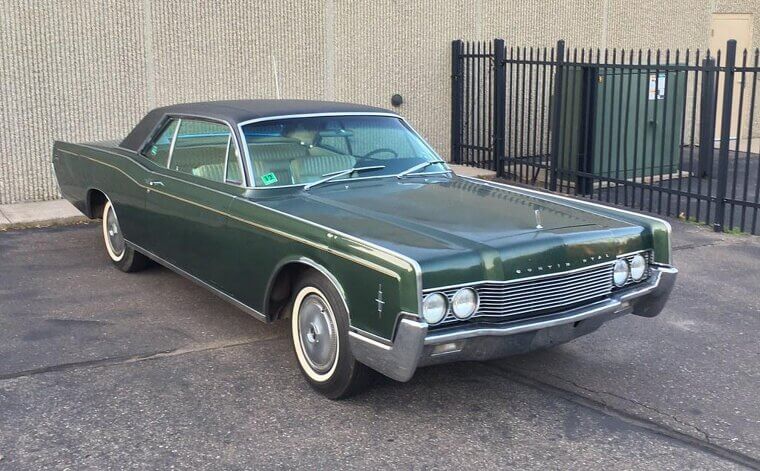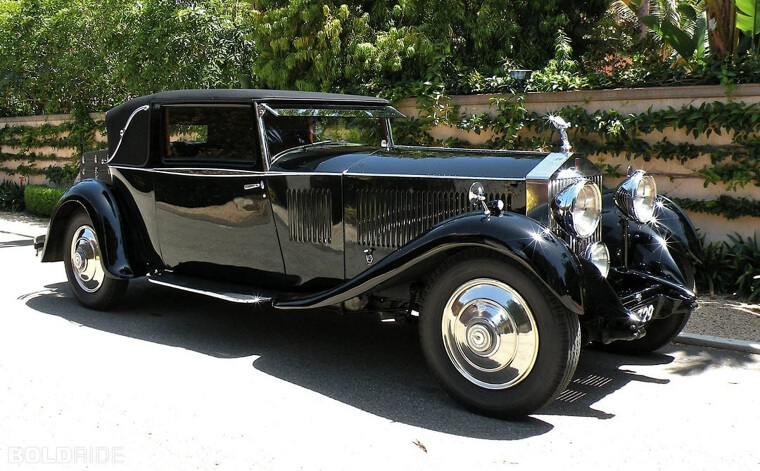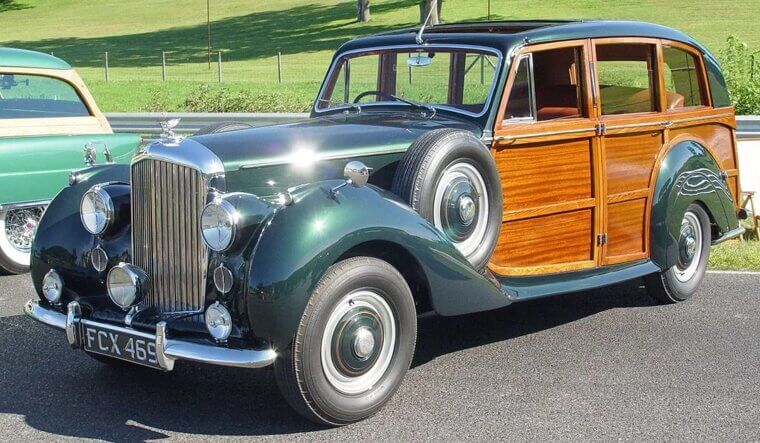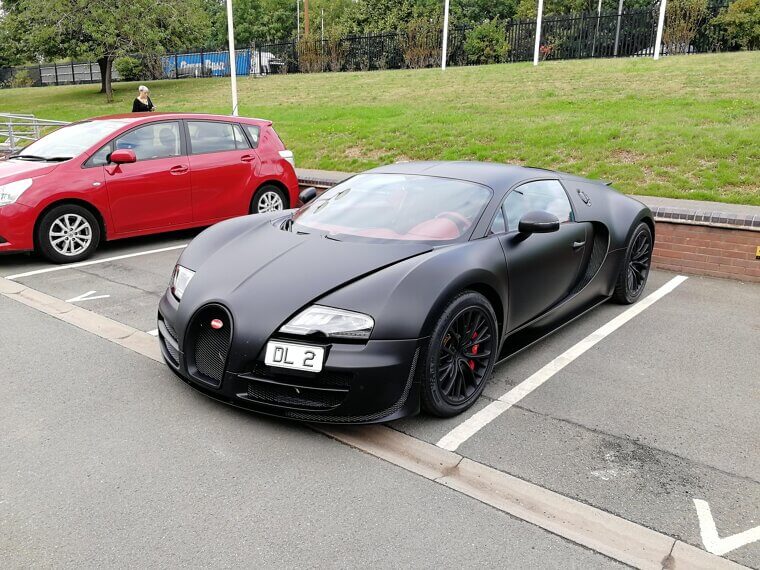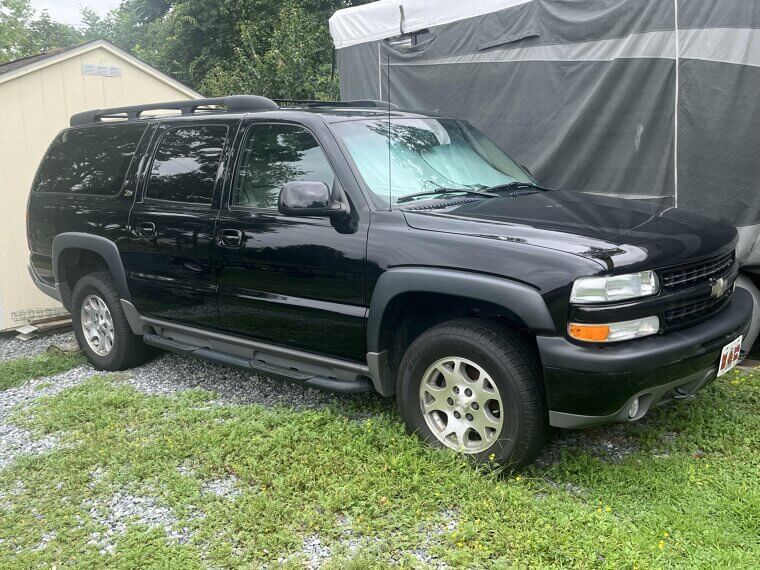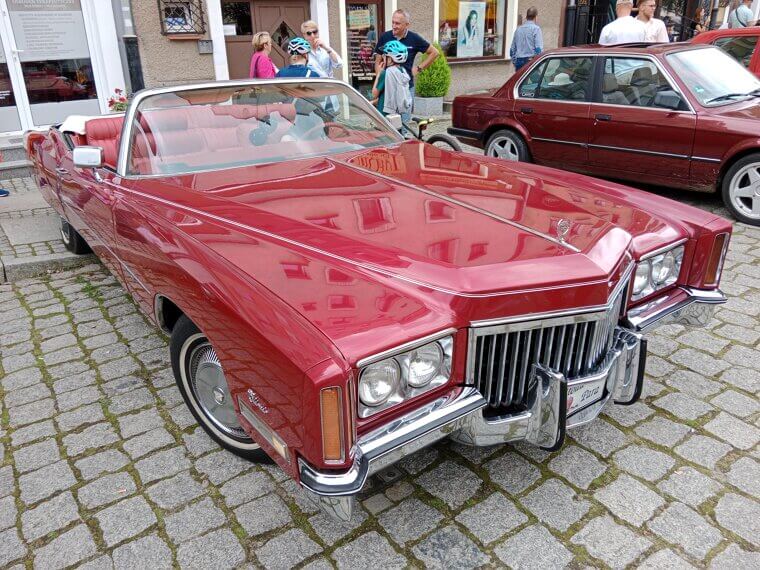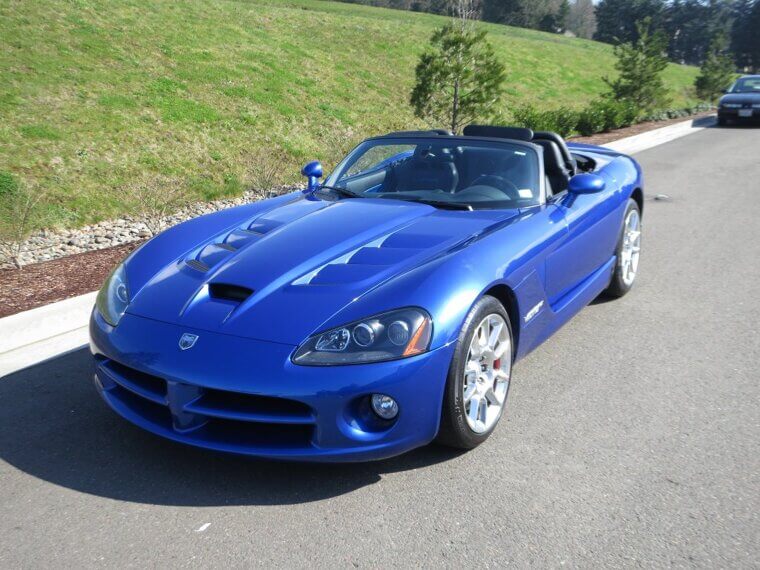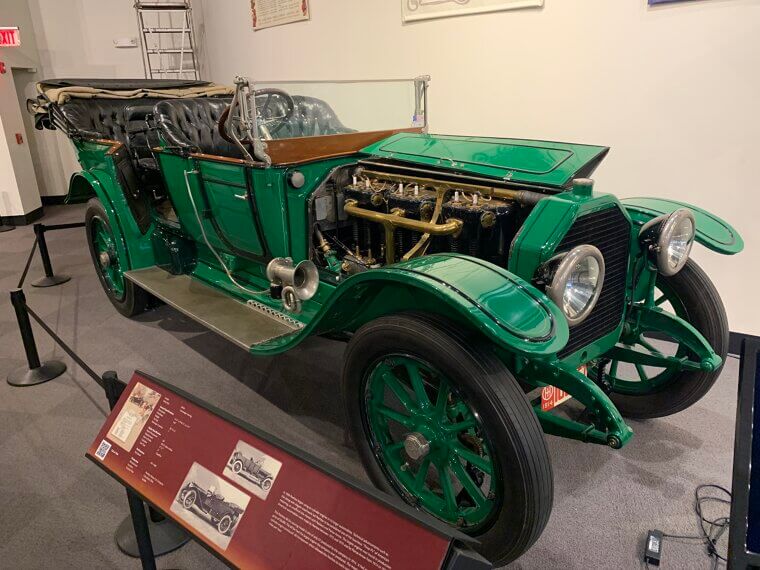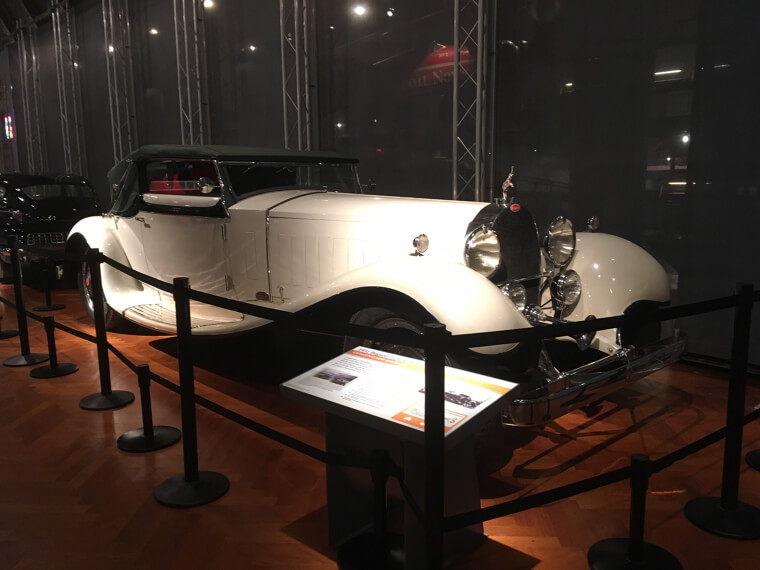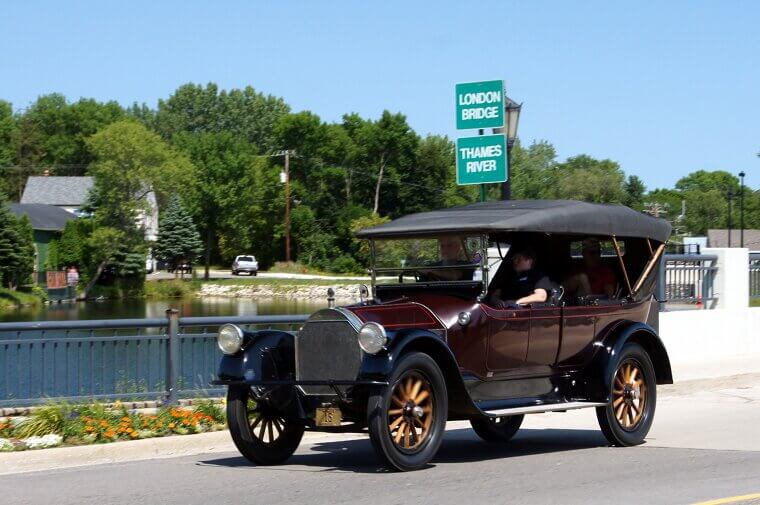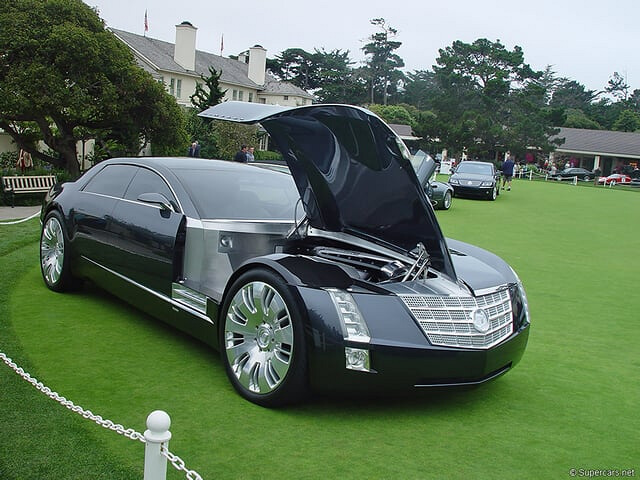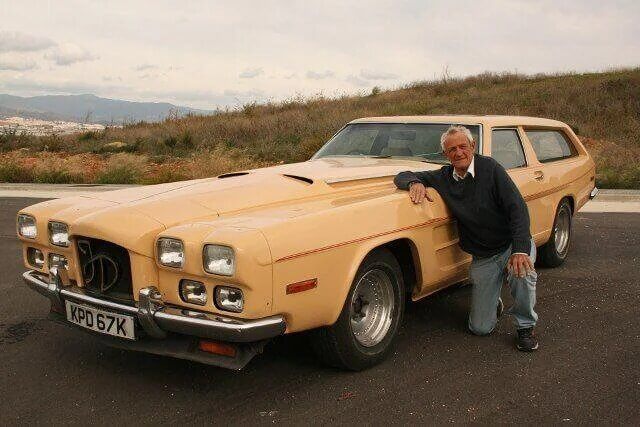These Cars Are Nothing Short of Beasts With Massive Engines
Some cars were built to sip fuel and save space. Well, these are not those cars. These are the machines where “go big or go home” wasn’t a motto; it was a design philosophy. From pre-war giants to modern hypercar beasts, these 35 cars have the largest engines ever built.
Lamborghini Aventador - 6.5L
The Aventador’s heart is Lamborghini’s long-serving naturally aspirated V12, a descendant of the 1963 3.5L unit in the 350 GT. By the time it hit 6.5 litres in the Aventador, it produced up to 770 hp without turbocharging, revving past 8,500 rpm. It’s one of the last big N/A supercar V12s left in production.
Bentley Mulsanne - 6.75L
Bentley’s 6.75L twin-turbo V8 dates back to 1959 in its earliest form, sharing lineage with Rolls-Royce’s L Series V8. Over decades, it grew from 6.2L to the now-famous 6.75L, pairing effortless torque with a smoothness few modern engines match. In Mulsanne trim, it delivered 752 lb-ft of low-rev shove.
Rolls-Royce Silver Shadow - 6.75L
Rolls-Royce’s all-aluminium L Series V8 first appeared in 1959 at 6.23L, growing to 6.75L in 1968. It stayed in production until 2020, powering everything from Silver Shadows to Bentleys. Designed for longevity, it was under-stressed and later turbocharged in Bentleys, delivering decades of quiet, imperious power.
Mercedes-Benz 450SEL 6.9 - 6.8L
Mercedes’ M100 V8 started life as a 6.3L powerhouse in the 600 limousine before being bored and stroked to 6.8 litres for the 450SEL 6.9 in 1975. It made around 286 hp (European spec) but, more importantly, a massive 405 lb-ft of torque, making this luxury saloon the fastest of its day.
Lister Storm - 7.0L
The Storm’s Jaguar-sourced 7.0L V12 was an evolution of the unit in the 1970s XJ12, itself based on the racing D-Type straight-six design. With 546 hp, it was the largest V12 in any production car post-war, built for endurance racing but tamed for the road. Barely.
Chevrolet Camaro ZL1 (1969) - 7.0L
The all-aluminium 7.0L (427 cu in) V8 in the ‘69 Camaro ZL1 was a race-developed monster for NHRA drag and SCCA Trans-Am rules. Officially rated at 430 hp, real output was closer to 500. Only 69 were made, making it one of the rarest big-block Chevys ever.
Iso Grifo 7 Litro - 7.0L
The Iso Grifo 7 Litro was Italy’s answer to the American muscle boom, a sleek Bertone-designed GT stuffed with Chevrolet’s legendary 427 cu in (7.0L) V8. Producing 435 hp, it was one of the fastest road cars of the late 1960s.
Ford Thunderbird (1972) - 7.0L
The 7.0L “385-series” big-block V8 in the ‘72 Thunderbird was a torque-rich cruiser engine. While emissions rules cut its peak power to around 208 hp net, it still produced mountains of low-end pull, ideal for moving nearly 19 feet of luxury coupe with serene ease.
Dodge Charger Daytona (1969) - 7.0L
The 7.0L “426 HEMI” V8 was already a drag-strip legend when Dodge put it in the aero-nosed Charger Daytona. With 425 hp and 490 lb-ft, it powered the first NASCAR racer to break 200 mph. Its hemispherical combustion chambers gave it both the name and the airflow advantage.
Cadillac V16 (1938–1940) - 7.1L
Cadillac’s second-generation V16 downsized from 7.4L to 7.1L but gained a lighter, monobloc design. Producing 185 hp, which was huge for the era, it was built for velvet smoothness rather than outright speed. Each engine was hand-assembled, and the 16 cylinders ensured effortless power delivery for America’s wealthiest motorists.
Chrysler Imperial (1973) - 7.2L
The 7.2L “440” big-block V8 was Chrysler’s top dog in the early ‘70s, making up to 375 gross hp before emissions strangled it. In the ‘73 Imperial, it was tuned for quiet torque and reliability, moving nearly 20 feet of car like it weighed nothing at all.
Plymouth Barracuda - 7.2L
Plymouth earned massive bragging rights with the 7.2L “440” RB big-block V8. Built for drag-strip glory, it gave the ‘Cuda legendary straight-line speed, even if it guzzled fuel like a powerboat.
Dodge Charger R/T - 7.2L
The Charger R/T’s 7.2L “440 Magnum” big-block V8 was the everyday alternative to the exotic HEMI. With 375 hp and a broad torque curve, it could roast rear tires without effort. In the late ‘60s and early ‘70s, this was muscle car royalty in displacement and attitude.
Jensen Interceptor (1971) - 7.2L
This engine had British styling, Italian design input, and American muscle under the hood. The Interceptor’s Chrysler-sourced 7.2L V8 made around 305 net hp in ’71 and gave the GT effortless long-distance cruising. It was a rare blend of grand touring refinement and raw cubic-inch grunt.
Aston Martin One-77 - 7.3L
Aston’s 7.3L naturally aspirated V12 was a bespoke Cosworth-developed masterpiece. Producing 750 hp, it remains the largest-displacement road-going V12 of the modern era. Built in just 77 examples, the One-77’s engine was a high-revving sculpture in magnesium and aluminum, combining exotic tech with old-fashioned cubic capacity.
Pagani Zonda S - 7.3L
Under its wild carbon-fiber body, the Zonda S packed an AMG-built 7.3L naturally aspirated V12, derived from Mercedes’ M120. With 555 hp and one of the best exhaust notes ever recorded, it proved that displacement could deliver not just speed, but pure aural theatre.
Chevrolet Corvette (1970–1974) - 7.4L
The C3 Corvette’s 7.4L “454” big-block V8 was the largest ever offered in a production ’Vette. In LS6 tune, it made 425 hp gross and monstrous torque. It gave America’s sports car the muscle to match its looks, even as emissions rules began to bite.
Chevrolet Chevelle SS 454 - 7.4L
The Chevelle SS 454 LS6 was the top of the heap for GM muscle in 1970. With a factory rating of 450 hp and actual output likely higher, it’s one of the most powerful carbureted production cars ever. The 7.4L V8 was the definition of “street domination” back in the day.
Pontiac GTO Judge - 7.5L
By 1971, the GTO Judge had the 7.5L (455 cu in) HO V8. Power ratings dropped due to emissions and net-hp standards, but torque was still huge. It was Pontiac’s way of keeping muscle car spirit alive as the horsepower wars cooled.
Oldsmobile Toronado (1970) - 7.5L
The Toronado’s 7.5L Rocket V8 was unique, delivering 400 hp gross through a front-wheel-drive layout. That made it one of the torquiest FWD cars ever built. It combined muscle car shove with luxury coupe comfort, proving Olds could think outside the rear-drive box.
Lincoln Continental - 7.6L
In 1966, you could have the Continental with Ford’s 7.6L V8, an engine built for silent, unstoppable torque rather than outright speed. Smooth, under-stressed, and nearly unbreakable, it was perfect for cruising America’s newly paved interstates in quiet opulence.
Rolls-Royce Phantom II - 7.7L
The Phantom II’s 7.7L straight-six was the last of the company’s pre-war six-cylinder flagships. Introduced in 1929, it had a crossflow head for better breathing and delivered smooth, effortless torque to move over two tons of stately British craftsmanship in near silence.
Bentley 8-Litre - 8.0L
Introduced in 1930, the Bentley 8-Litre was W.O. Bentley’s masterpiece, a straight-six so powerful it could cruise at 100 mph in near silence. Only 100 were built before the Depression killed it, but its 8.0L capacity remains the largest in Bentley history.
Bugatti Veyron - 8.0L
The Veyron’s quad-turbocharged 8.0L W16 is an engineering marvel, essentially two narrow-angle V8s joined together. Producing 1,001 hp at launch, it reset the top-speed record for road cars and proved big displacement could coexist with modern technology.
Bugatti Chiron Super Sport - 8.0L
An evolution of the Veyron’s W16, the Chiron’s 8.0L quad-turbo unit produces up to 1,577 hp. In Super Sport form, it’s capable of over 300 mph, making it not just one of the largest engines on this list but one of the most extreme.
Chevrolet Suburban - 8.1L
The early-2000s Suburban could be ordered with GM’s 8.1L Vortec V8, the largest gas engine in a modern SUV. 340 hp and 455 lb-ft, it was designed for heavy towing and long-haul reliability, but the fuel consumption would make oil barons rich.
Cadillac Eldorado - 8.2L
The engine capacity of the Eldorado steadily grew over the years, and in 1970, it reached its zenith, with the 500 cu in V8. 400 hp and 550 lb-ft, it moved the front-drive coupe with ease, cementing Cadillac’s dominance in the displacement wars.
Dodge Ram - 8.3L
The third-gen Dodge Ram SRT-10 borrowed the 8.3L V10 from the Viper, giving a full-size pickup 500 hp and 525 lb-ft. It's one of the largest and most powerful gas engines ever in a street-legal truck.
Dodge Viper - 8.4L
The Dodge Viper’s 8.4L V10 still holds the record for the largest engine ever in a post-WWII production car. Producing 645 hp, it was all about raw, naturally aspirated muscle; no turbos, no superchargers, just big lungs and brute force.
Peerless 60 HP - 11.7L
This giant inline-four was America’s answer to the early European luxury market. At 11.7 litres, it produced only 60 hp, but tons of torque for the time. Peerless marketed it as the ultimate in prestige motoring.
Bugatti Royale - 12.7L
The 12.7L straight-eight in the Type 41 Royale was originally designed for aircraft. Only six cars were made between 1927 and 1933; it’s one of the largest car engines in history.
Pierce-Arrow Model 66 (1910–1918) - 13.5 L
The Model 66’s T-head inline-six was 13.5 litres, the largest engine ever in a production six-cylinder car. Hand-built for the wealthy who valued smooth, unstoppable torque above all else.
Cadillac Sixteen Concept - 13.6L
Unveiled in 2003, the Sixteen Concept’s 13.6L V16 was claimed to produce 1,000 hp. With cylinder deactivation for efficiency, it never made production, but it's one of the most ambitious concept car engines ever built.
Napier-Railton - 23.9L
Built in 1933 for Brooklands racing, the Napier-Railton’s W12 was literally an aircraft engine dropped into a race car. 580 hp and enough torque to twist the earth, it still holds the lap record for the Brooklands Outer Circuit.
The Beast - 27L
John Dodd’s “The Beast” is a British one-off, powered by a 27-litre Rolls-Royce Merlin V12 from a Spitfire fighter plane. Officially road-legal, it produced 950 hp and remains the largest displacement engine ever in a car you could drive on public roads.

